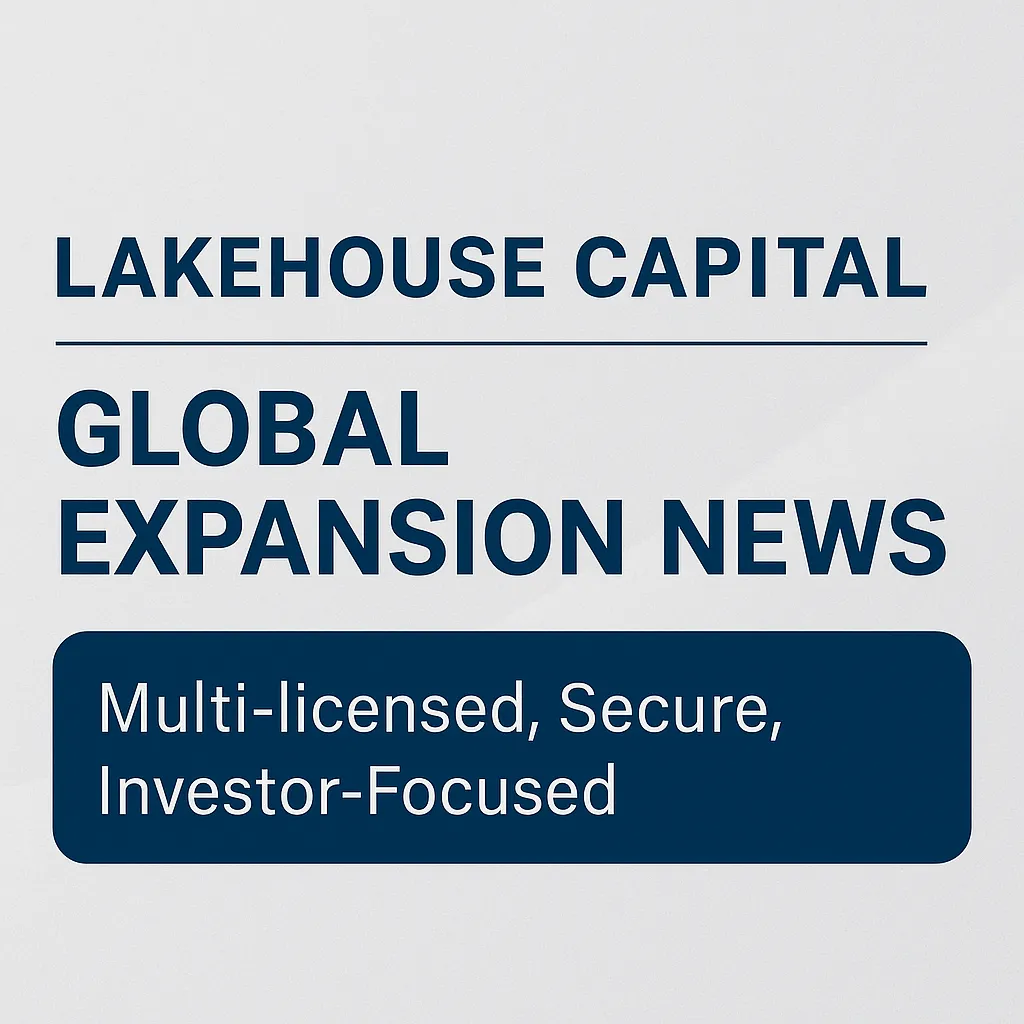Summary:Trump announced a massive global tariff hike, raising the average US tariff rate to 15.2%, the highest since World War II, reshaping the international trade order and triggering a chain reaction in global markets. #TrumpTariffs #GlobalTradeWar #ManufacturingReshoring #SupplyChainRestructuring #MarketVolatility

Tariffs hit the market, ushering in the world's most stringent trade test
On August 1, 2025, Trump officially signed an executive order significantly raising import tariffs on global goods. Bloomberg data shows that the average US tariff rate will rise from 13.3% to 15.2%, far higher than the 2.3% before Trump took office in 2024 and the highest level since World War II.
This round of tariffs primarily targets approximately 40 countries and regions, including Canada, where tariffs have been raised to 35%, Taiwan (20%), Switzerland (39%), and South Africa (30%). Furthermore, Trump has pledged to impose additional tariffs on key sectors such as pharmaceuticals, semiconductors, and critical minerals, sparking widespread concern within the business community.
This series of measures marks the entry of its "reciprocal tariffs" policy into the actual offensive stage, aimed at promoting the return of manufacturing and narrowing the long-term trade deficit.
The double blow of stock and foreign exchange has intensified the volatility of global assets
Following the implementation of Trump's tariffs, financial markets came under pressure. The MSCI World Index fell 0.2%, S&P 500 futures declined, and Asian stocks posted their longest losing streak of six consecutive days since 2025. The Taiwan dollar and South Korean won led the decline, while the Swiss franc also weakened slightly due to the impact of unusually high tariffs.
The biggest concern for businesses and investors is the lack of clarity on the details, such as rules of origin and exemptions from tariffs. This creates significant uncertainty for global importers in terms of supply chain configuration and cost calculations. The impact is particularly pronounced in industries such as automotive, chips, and energy that rely on global division of labor.

Fairview Container Terminal in Prince Rupert, British Columbia, Canada.
Active risk aversion and structural opportunities coexist
Faced with increasing uncertainty in the global trade environment, investors need to develop a more flexible global perspective and asset allocation strategy. At this stage, they should focus on sectors with favorable policy dividends and risk resilience. With the clear trend of industrial chain reshoring in the United States, ETFs related to domestic manufacturing, energy, and infrastructure will directly benefit from the protective effects of increased tariffs. In contrast, export-reliant Asian manufacturers, particularly those with a high proportion of US orders, face the dual risks of order relocation and profit squeeze, urging investors to exercise caution.
Multinational companies with multinational presence and the flexibility to adjust production capacity will have a clear advantage in this new round of supply chain restructuring and deserve medium- to long-term attention. At the same time, caution is advised regarding fluctuations in the foreign exchange market. Currencies such as the Taiwan dollar and the Korean won may continue to face pressure in the short term. Appropriate allocation of safe-haven assets is recommended to hedge risks.
At a regional level, neutral countries in Southeast Asia are becoming new relay points for global industrial transfer. Vietnam, Thailand, Malaysia, and other regions, owing to their cost and geographical advantages, are gradually attracting capital and production capacity inflows. Related ETFs and industrial bonds offer valuable investment opportunities in the current environment.
Active adaptation under the new trade pattern
The US-China trade truce expires on August 12th, and whether it will be extended will be a key window for observation. The Trump administration's differentiated negotiating strategies with various countries also indicate a further increase in the risk of "fragmentation of multilateral rules" in the future, placing greater demands on investors to adapt their strategies.
Investment advice is no longer simply about hedging risks; it's about selecting regions and industries with favorable policies. From the global manufacturing reshoring trend, the localization of new energy, to the rebalancing of export structures, these are all key strategies for medium- and long-term investment.
Trump's decisive move has once again confronted the market with the reality of the balancing act between globalization and nationalism. Investors shouldn't simply defend themselves; they must identify key priorities and adjust their strategies amidst policy uncertainty. Proactively mitigating the risk of heavy tariffs and identifying regional and industry alternatives are key strategies for success in this round of tariff restructuring.
Want to be the first to grasp global market trends and investment opportunities? Follow us on BrokerHiveX for the latest in-depth analysis and real-time information!
Further reading



